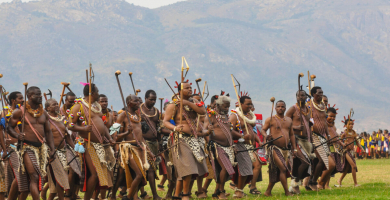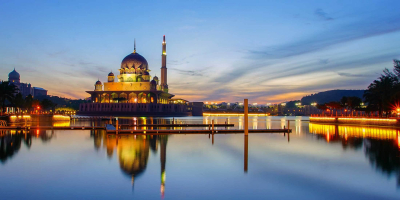Top 7 Guyanese Culture, Customs and Etiquette
Guyana's culture is a complex fusion of the customs of many different ethnic groups, including Southeast Asians, Africans, Hindus, and Indians. A unique ... read more...Guyanese nation has emerged as a result of this incredible "mixture of peoples," which is reflected in the country's unusual spicy food, religion, distinctive folk music and oral art traditions, vibrant clothes, and even its unique accent. Here are some things to know about the Guyanese Culture, Customs and Etiquette.
-
In Guyana, even adjacent settlements are highly distinct from one another, and this is frequently visible in both the physical characteristics of the natives and their cultural practices. Each community takes pride in how it is different from its neighbors, showcasing its rich history, distinctive architecture, or the locals who in one way or another made the region renowned. The crucial point for Guyanese is that the phenomenon's roots are in this country, therefore they are not at all perplexed by the fact that certain local "stars" found fame outside of their own country and that the majority of these stories and important events are part of "old lore."
In addition, each village frequently has thousands of family and cultural relationships with its neighbors, which frequently provides justification for entirely nefarious inquiries into the "authorship" of one particular source of pride over another. The same interconnectedness of numerous communities also explains the generally amicable inter-ethnic relations in a nation where thousands of people of all races and religions coexist happily without experiencing any minor historical disputes or differences.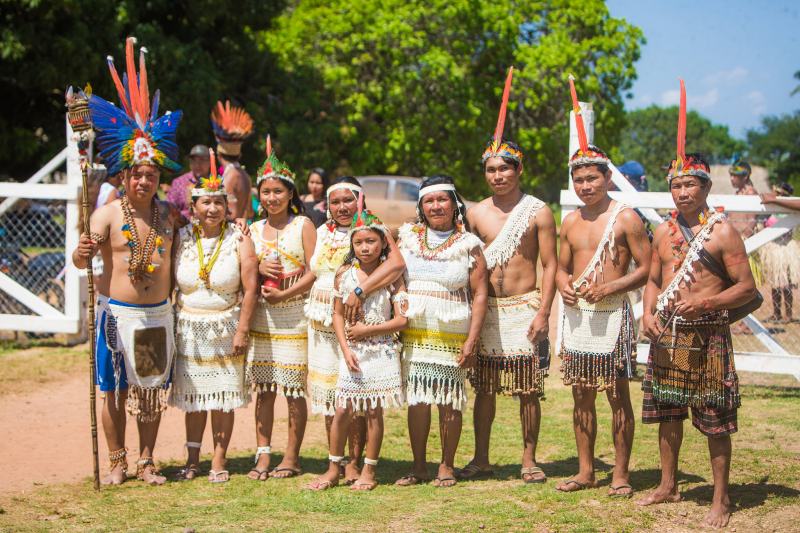
kaieteurnewsonline.com 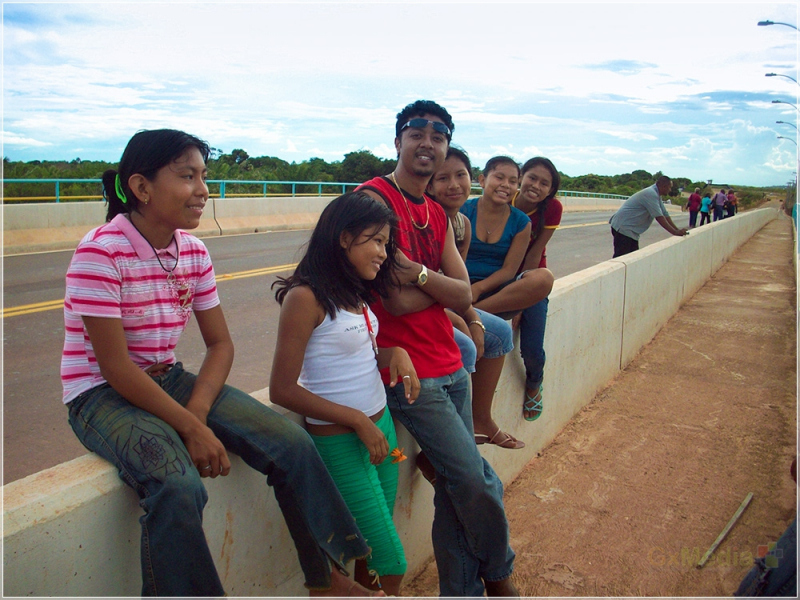
guyanaguide.com -
Guyanese people are naturally serene and well-balanced. Even the region's traditional "Creole disposition" has a gentler edge. No matter how difficult they are for themselves, many guests comment on their greater sense of humor and a certain lightness to any manifestations of the universe. By the way, this positivity is not ostentatious and can be seen in almost every element of Guyanese life. Even in serious or, alternatively, terrible situations, Guyanese never pass up the chance to "tease" or amuse someone. However, it is also obvious that local humor is not offensive and is not meant to make fun of anyone; rather, it serves to mask or diffuse more intense feelings from view.
The people there are incredibly artistic and mobile in their everyday conversation. Guyanese temperament is characterized by the propensity to elaborate on everything uttered with several gestures, proverbs, sayings, and allegories. Additionally, they serve as representations of the diverse cultural traditions of the nation and are frequently so metaphorical that they perplex many foreign tourists. This also explains some of the quirks of local speech, such as the fact that the grammar is identical for both a question and a statement; the only differences are in the way the words are pronounced and presented.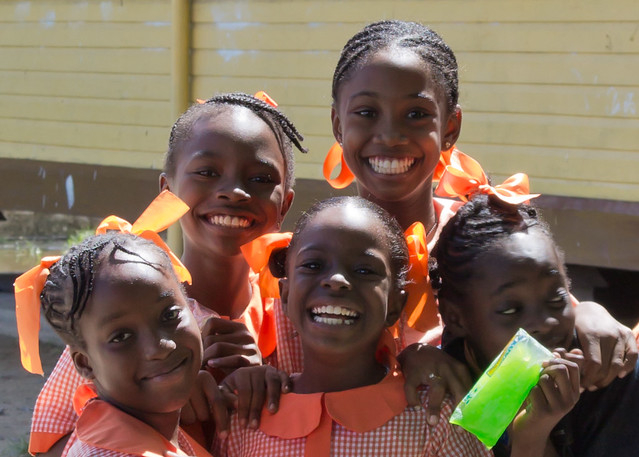
borgenproject.org 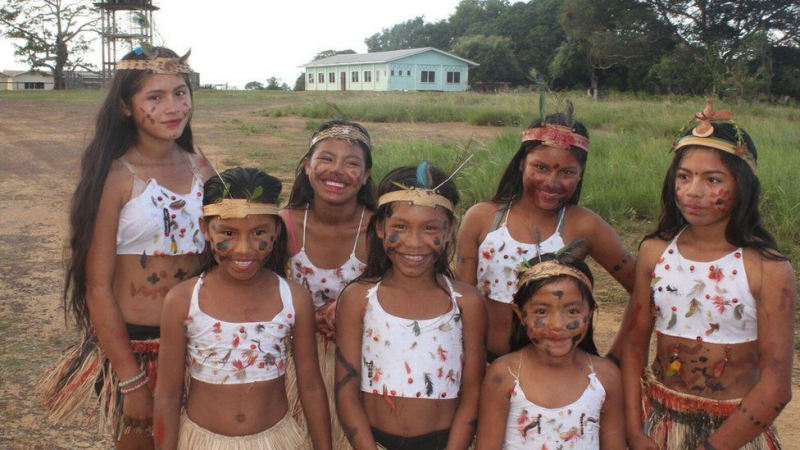
bbc.com -
In daily life, the majority of Guyanese speak the Creole dialect referred to as "Creoleze." This language has English as its foundation, but many of its terms and ideas come from the languages of the several ethnic communities that live in the area. And since most terms still sound somewhat like English, this confuses visitors who are unfamiliar with the language.
While many Asian residents of the coastal strip speak Cantonese, a dialect of Chinese, as well as Hindi or Urdu, which are frequently the dominant languages in different religious ceremonies and in daily communication, much Guyanese living in the country's interior still speak the languages of their native ethnic groups. The majority of Guyanese, however, have no trouble speaking "literary English," therefore they frequently attempt to explain to the visitor any challenges they may have in understanding local terms.
Some Indo-Guyanese continue to speak and learn Guyanese Hindustani for cultural and religious reasons. While standard Hindi is used in religious services, writing, and passively through the consumption of Hindi cinema exports from India, Guyanese Bhojpuri may be spoken by elder generations, in traditional music, or in a restricted capacity at home. A small portion of the population also speaks a handful of Amerindian languages. These include Arawakan languages like Arawak (or Lokono) and Wapishana as well as Cariban languages like Macushi, Akawaio, and Wai-Wai.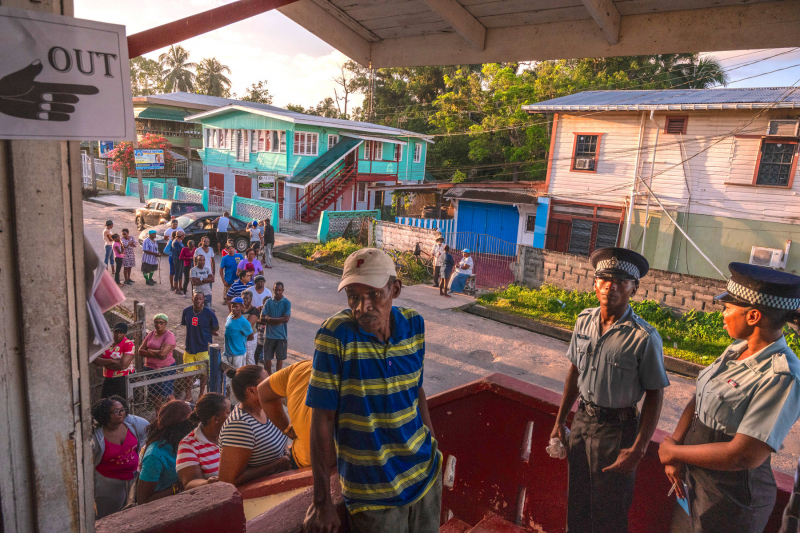
guyanaguide.com 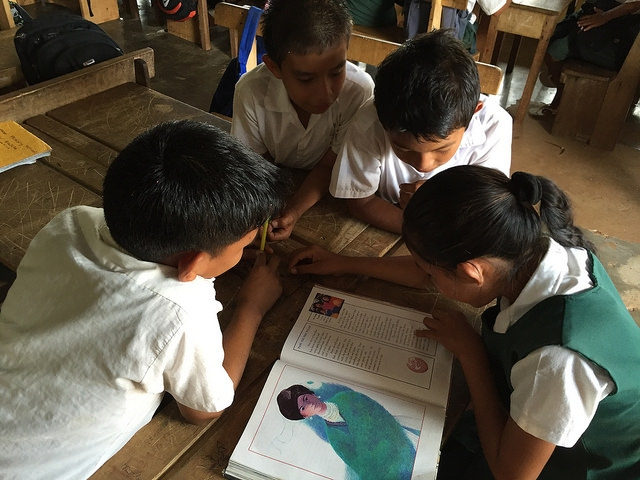
studycountry.com -
Although religion plays a significant role in Guyanese society, the church has a less significant impact on most elements of daily life than it does in other historically Christian nations in the region. The majority of Christians, who make up around half of the population, are Anglicans and Catholics. Islam and Hinduism are practiced by the remaining people. Remember that these religious traditions were not recognized by the government prior to the country's declaration of independence in 1966, but that following that date, many of their most significant festivals were given the same status as national holidays as well as typical Christian occasions. Although there were occasional conflicts between the denominations as a result of this, Guyanese people, who are by nature quite tolerant and appreciative of others, were unaffected.
However, the nation has also maintained a number of historic African and Indian beliefs, which are particularly apparent in folklore and the overt superstition of the populace. The inhabitants not only respect but also venerate a vast pantheon of various spirits and elements of nature, frequently combining them into various Christian or Hindu characters. This explains a number of rituals that appear odd at first glances, like the practice of rubbing hot pepper juice on girls' skin as a cure for "ol-hang" or "Old Witch," the local name for the vampire known in Hindu mythology as "Sukhanti," or the custom of baptizing a tree or other representation of the forces of nature in the forest.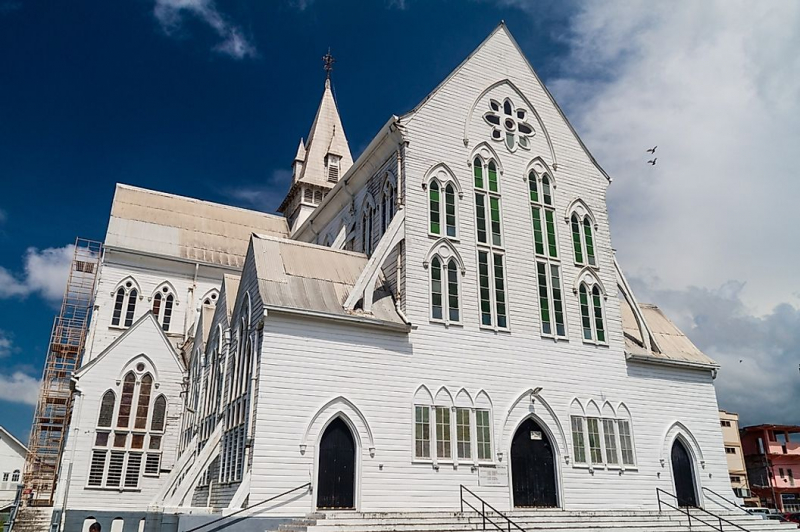
guyanaguide.com 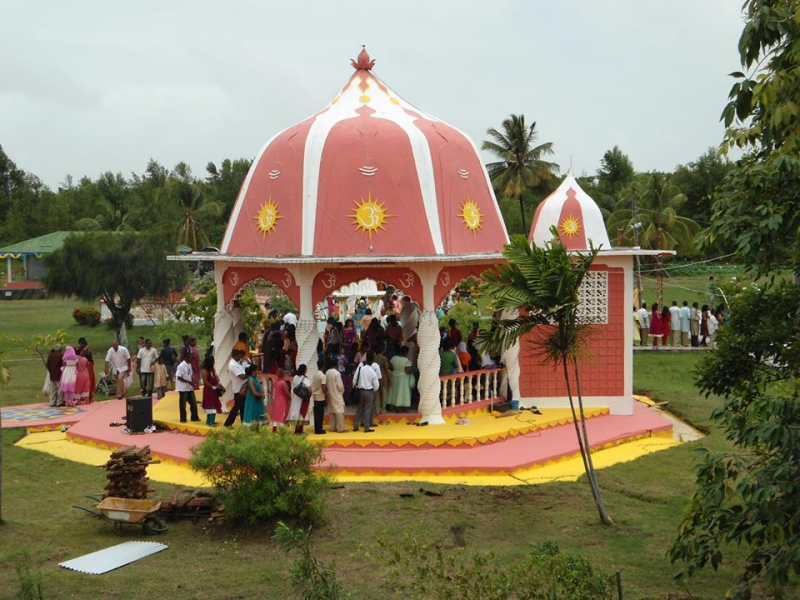
revolutionofhinduism.blogspot.com -
Guyana's cuisine is as diverse as its people. The history of the Guyanese people is influenced by origins from Africa, India, China, Portugal, England, and native people. Additionally, they sprang from parts of these countries and continents that were highly unique to them. For instance, the Portuguese influence comes mainly from Madeira, the Indian influence is mainly south Indian, the African influence is mainly west African, and the Chinese influence is mainly Cantonese and Sichuan. Eating in Guyana exposes you to a cuisine that is truly cosmopolitan and the effects it has on the world.
In Guyanese culture, food is impacted by its terrain and seascapes. Mountains, savannahs, tropical rainforests, creeks, and an ocean coast can all be found in Guyana. All of this implies that Guyana has a large range of fruits, vegetables, seafood, meats, and other foods. In Guyana, there is always something new and exciting to eat. In addition, their culture has a rich history of small-scale farmers and fishermen. As a result, the food is always fresh, coming straight from the farm or the sea to the table. All around Guyana, there are sizable outdoor and open-air markets that are enjoyable to visit simply to witness the abundant richness the nation has to offer.
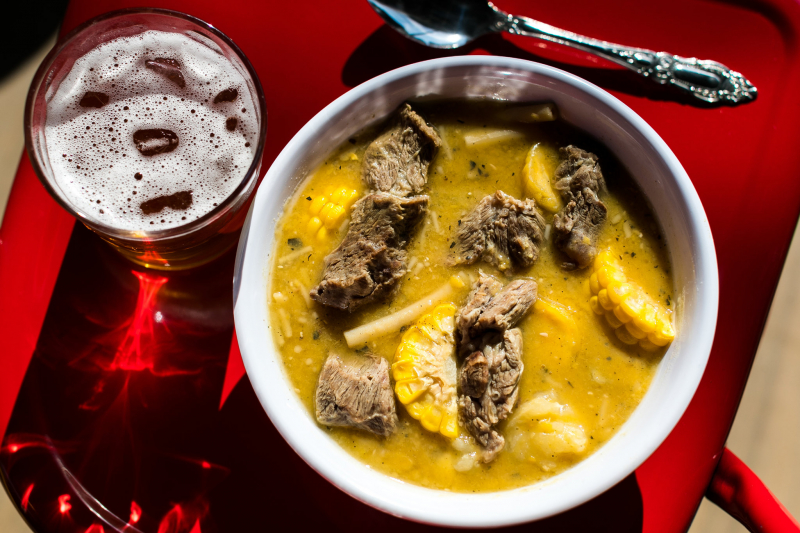
nytimes.com 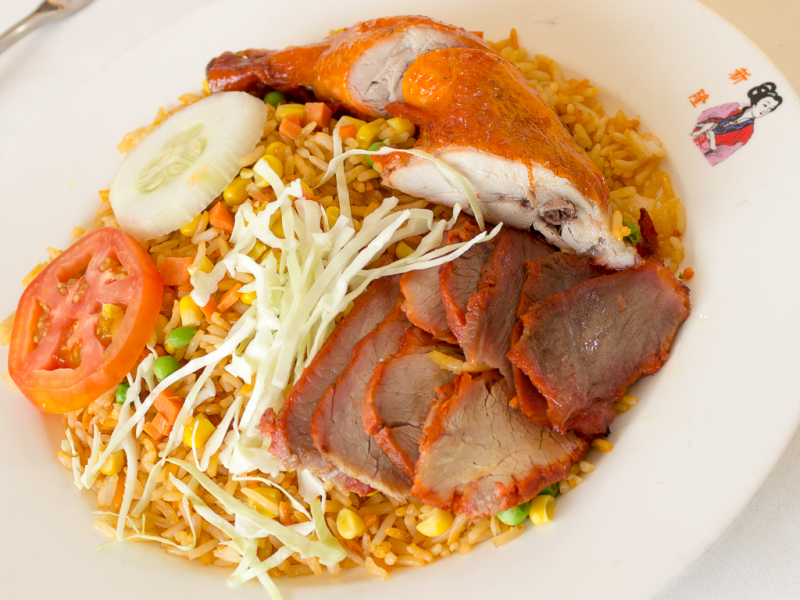
thingsguyana.com -
The native way of life places a high value on hospitality, so inviting a stranger or a traveler to visit is a very regular occurrence. It is important to keep in mind that Guyana is a very impoverished country, despite the fact that its small size and relatively high GDP per capita (US$4700) place it among the region's developed nations; nevertheless, Guyana's massive foreign debt has nearly entirely "eaten away" this advantage. The typical Guyanese, including women, spends a significant amount of time at work, similar to the majority of people of nearby Latin American nations. Most of the time, all year long, rural residents, especially children, are busy getting their daily bread. The employees of mining enterprises and the enormous cattle ranches of the South stand out, yet their level of living is also relatively low by international standards.
Many Guyanese also work abroad in addition to farming, commerce, mining, and fishing at home. The government makes significant investments in civil employees, teachers, and financial services in an effort to sustain employment and income levels, but the country's glaring shortage of skilled workers frequently undermines all of this effort. Small gifts for family members, mementos, or food would thus not seem out of place at all when visiting local houses. The only aspect of such presents that needs special consideration is how they are presented; under no circumstances should they appear to be a handout or an admission of homelessness. Such gifts should be presented as your own contribution to the evening or ceremony and no more. The social status of the family, as in many other countries in the region, has a special meaning here and naturally, depends on the level of wealth.
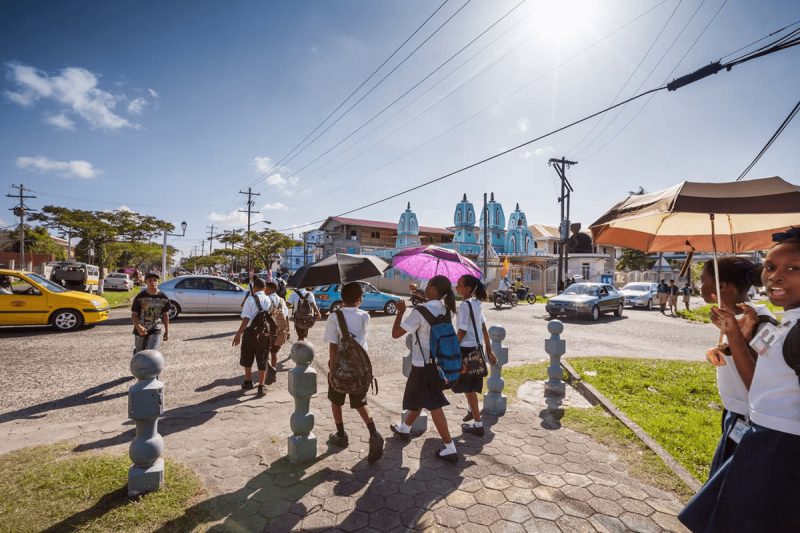
streetsoftheworld.com 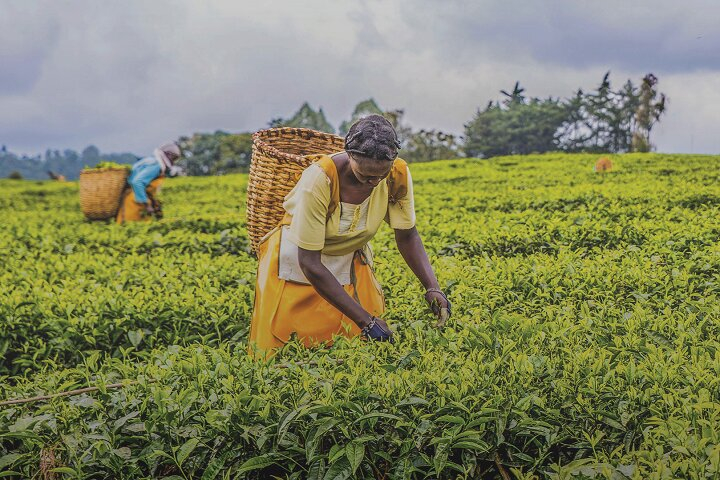
researchforecast.com -
In Guyanese Culture, the inhabitants tend to dress in a traditional manner that is frequently casual. It is sufficient to dress like Guyanese do in order to follow local decency (although it is unlikely to succeed since the clothes here often reflect belonging to an ethnic group). Shorts and short skirts are clearly disliked. While they are not strictly prohibited on the beaches or in the hotels, bathing suits are not advised in the town. When attending church, the locals dress extremely formally, thus even if there are no services taking place on the day you visit a house of worship, you should not wear jeans or a T-shirt.
Sporty attire is quite fashionable, yet wearing it in public is silly because it denotes a low social level. In accordance with business etiquette, you must wear a tie, a light shirt or jacket, and formal slacks or a long skirt. Traditional business suits are not particularly popular since they are extremely hot and muggy, although they are advised in large office buildings with lots of air conditioning.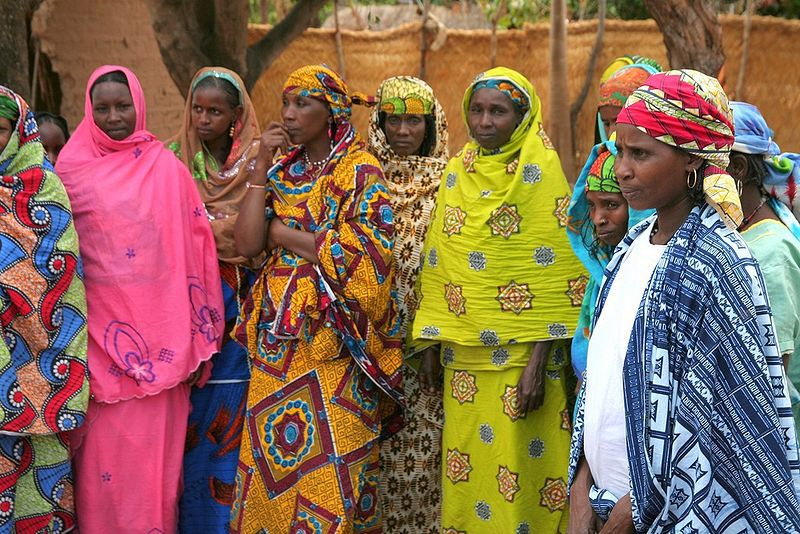
ashleydrakedesign.wordpress.com 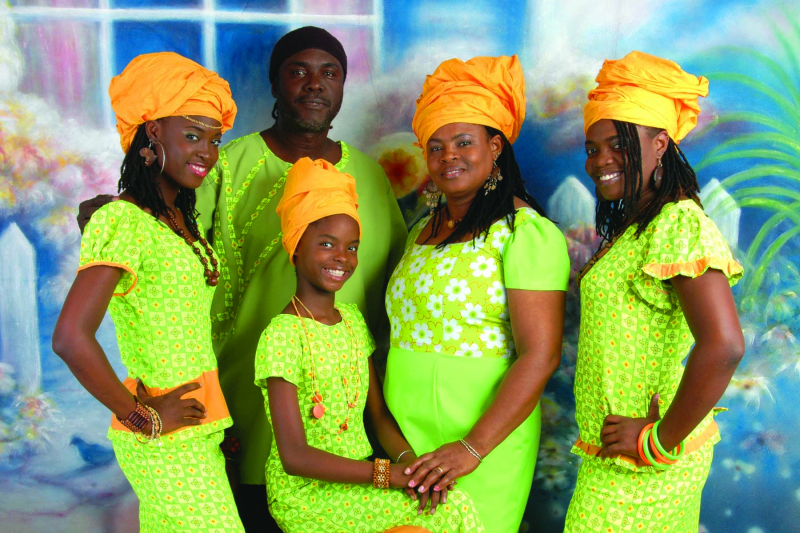
textilevaluechain.in



























